"Supermum does it again!"
It's kind of fun to be in the papers, and if it encourages or motivates someone else to give gardening a go, then I'm all for it. Just remember, you don't have to be a "super" anything - you don't have to have a large garden, much money or a lot of time or expertise to have a go at gardening! Gardening is fun and rewarding, but very much a learn-as-you-go adventure!
So, if you ever invite me over, please don't feel intimidated by me; don't polish the furniture or hide the ironing, or apologize for the weeds! And if you ever come and visit me one day, I'll try not to let that "supermum" image push me into doing those things either!
I'd rather we could all just relax and be "real" with each other. And real people aren't perfect!
My garden has plenty of weeds, tasks undone, things I meant to get to urgently but haven't for one reason or another, piles of materials for projects I might get to one day, plants I should have trained or pruned but haven't yet, and food I meant to harvest but haven't and it's now past it's best. I frequently feel "behind" in what I intended to do.
But you know what? Despite all that, my garden is pretty cool! There are things growing, there is food waiting there for me to pick and eat. There are bees and butterflies and other amazing critters darting about. There are flowers looking pretty, herbs waiting to heal, and hidden things to discover every day. Gardening is a great form of therapy - and you get tomatoes too! And strawberries...and beans.....and watermelons.....and beetroot.....and new potatoes......and chokos.....and sweetcorn......and yacon.......and cucumbers.....and - well you get the point!
So, I will hereby forgive myself for all the things I was going to do and plant in January but haven't, go ahead and toss out the seedlings that are never going to do well if I plant them now, and start fresh in this new month. And I will take time every day to enjoy what IS doing well out there. I'm not supermum, and that's ok!
How about you?
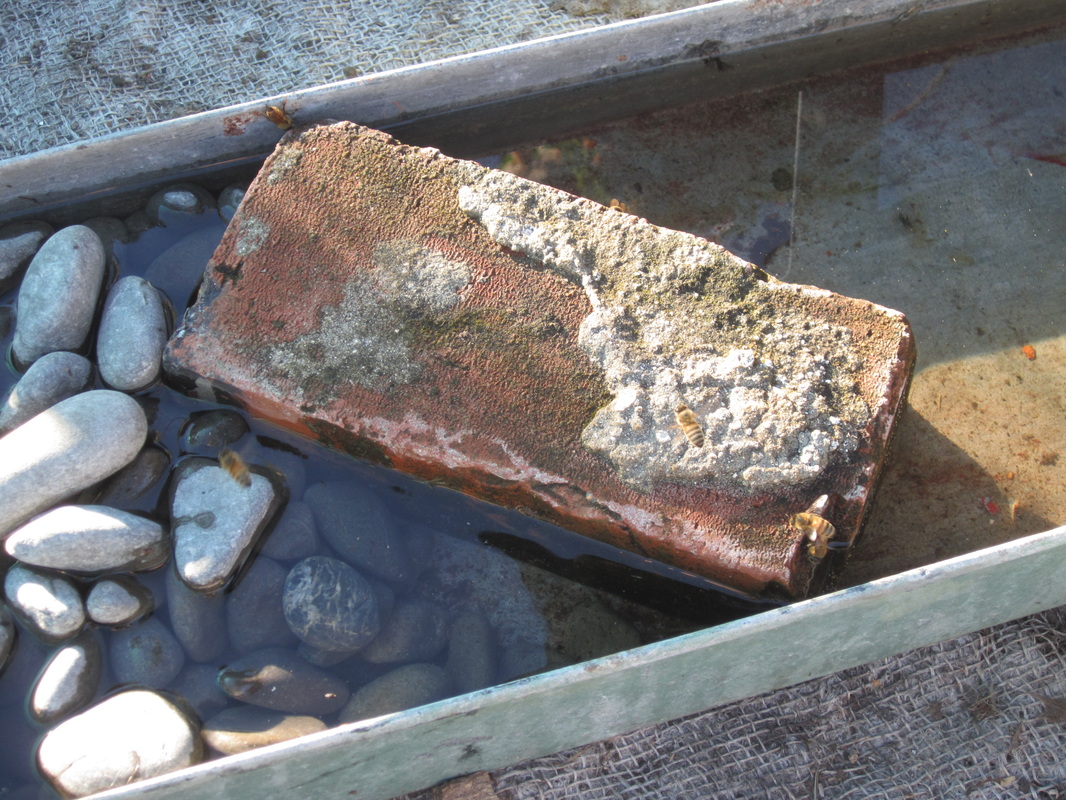
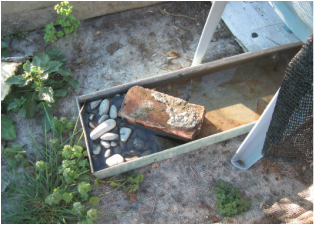
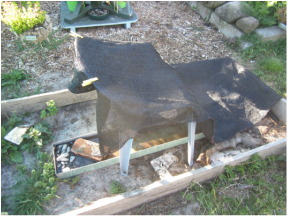

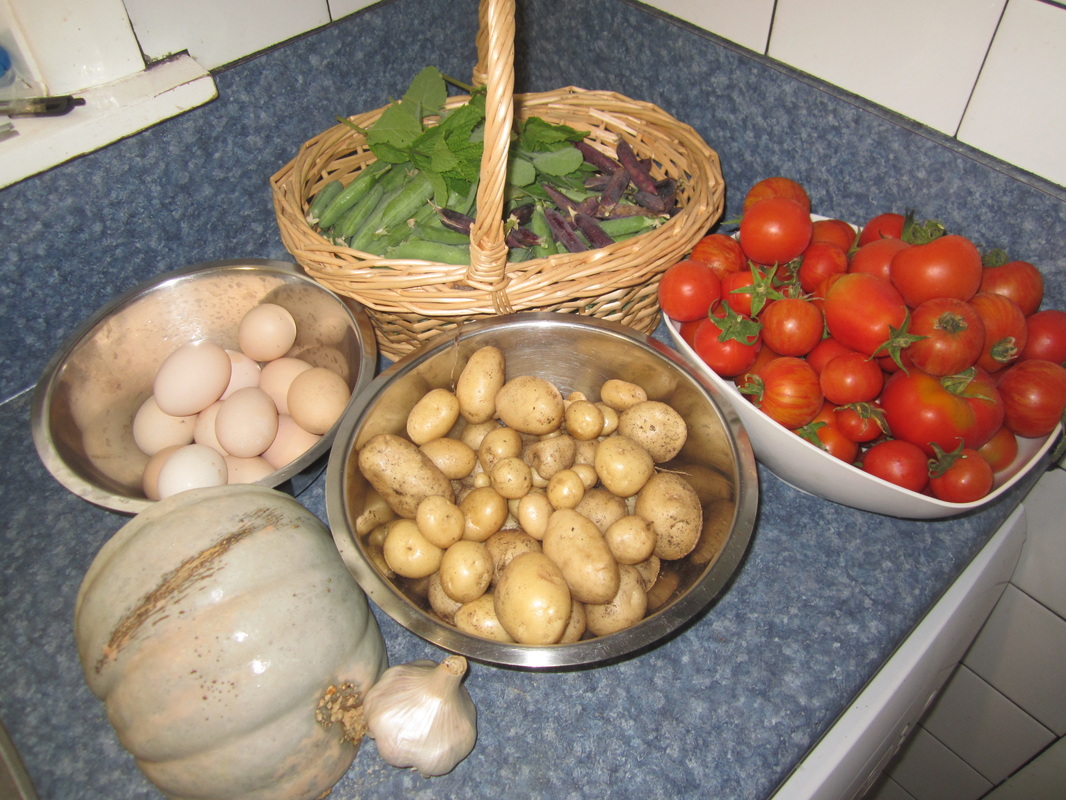
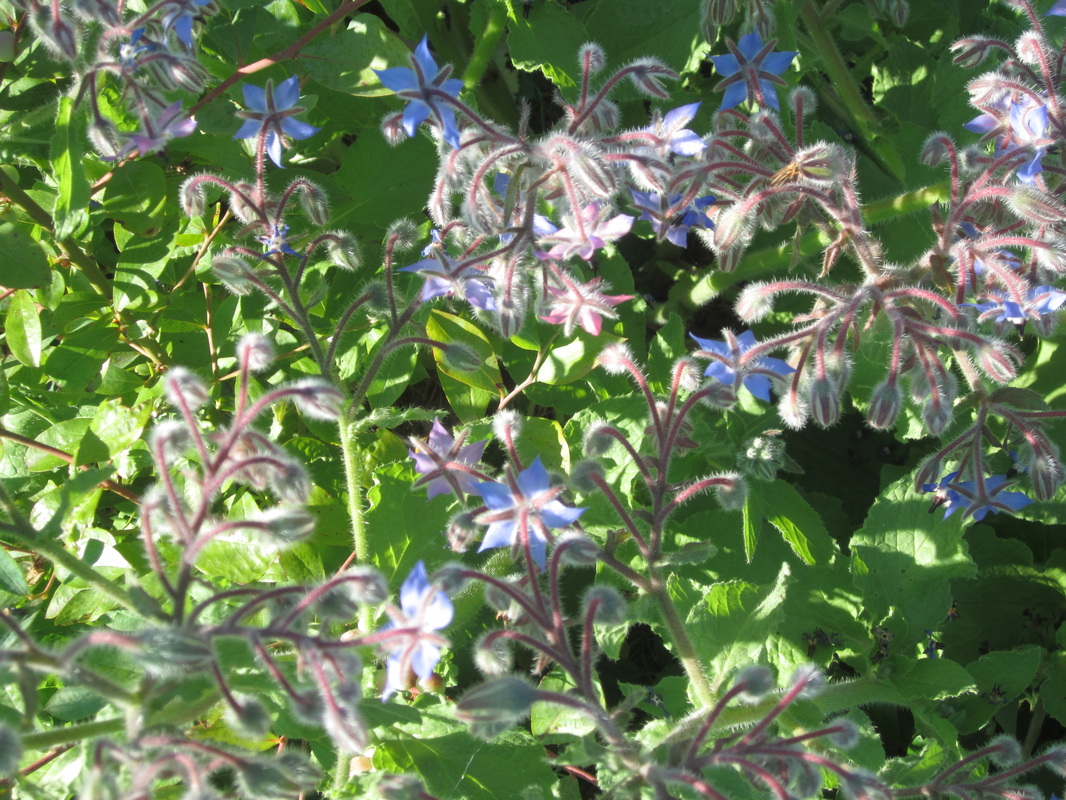
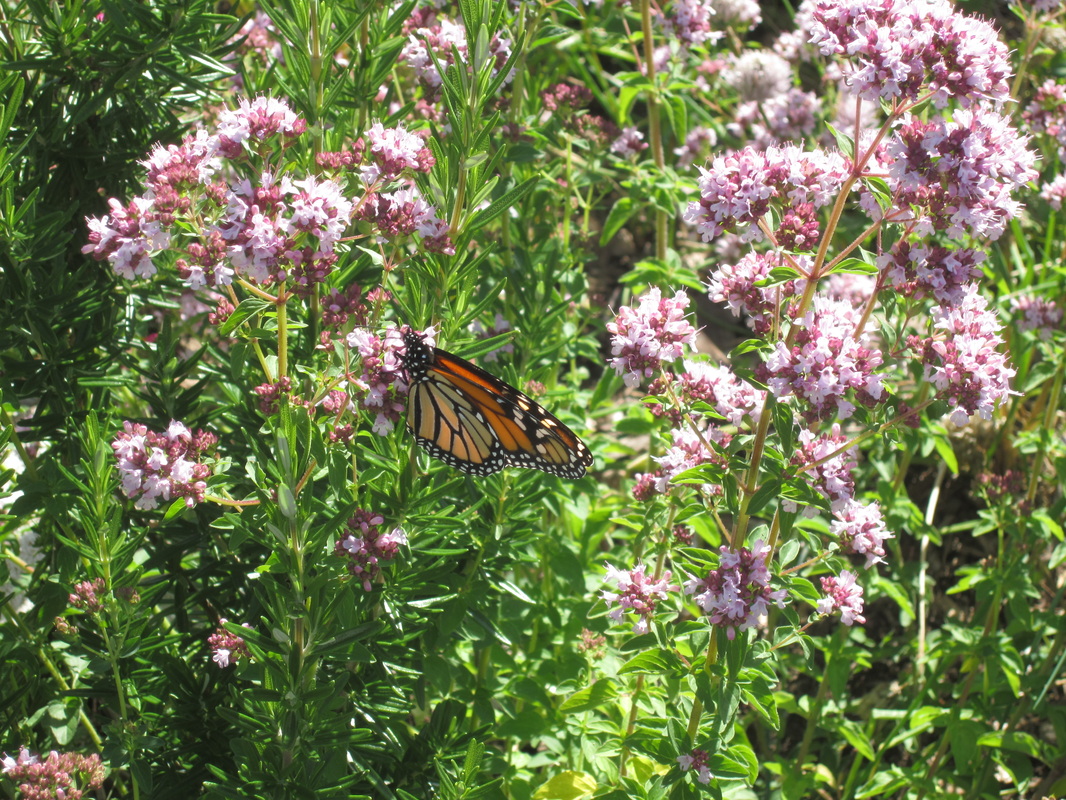
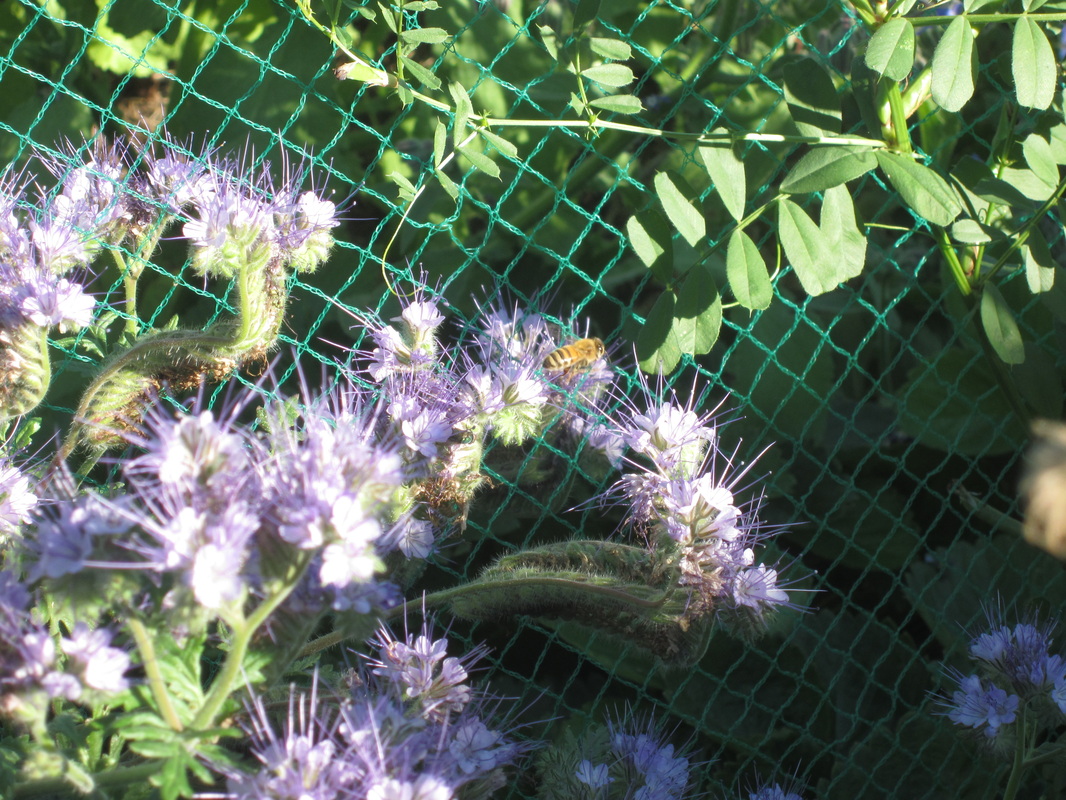
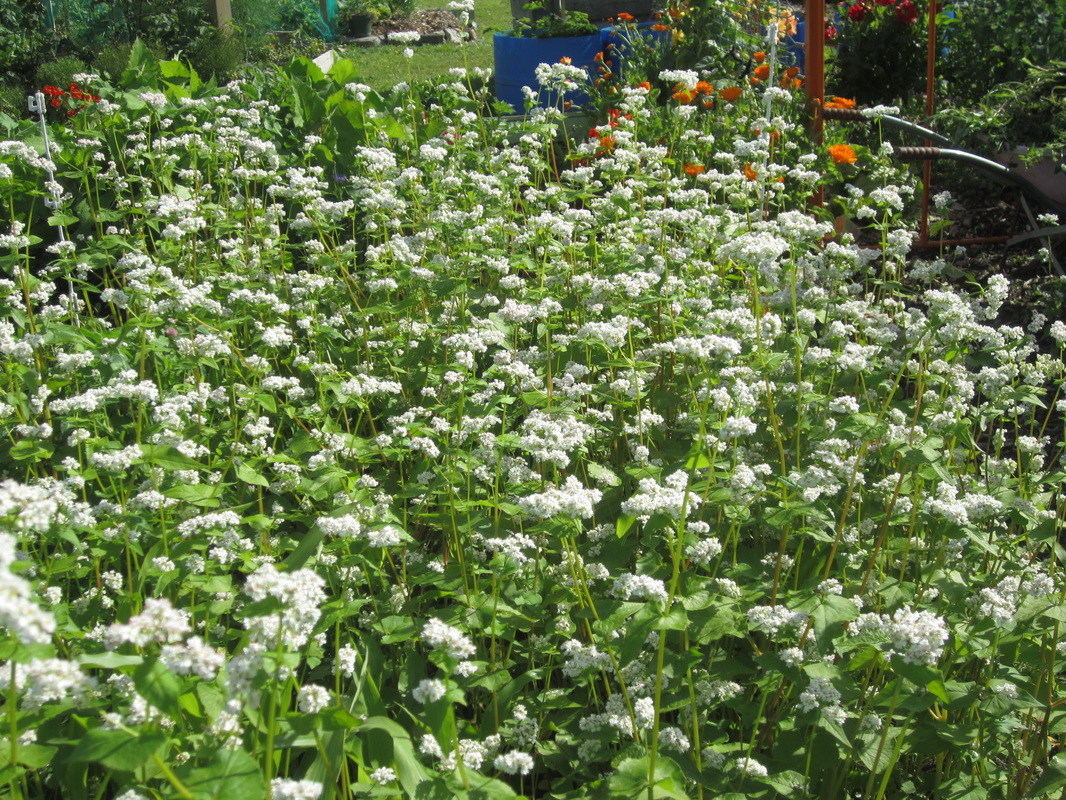
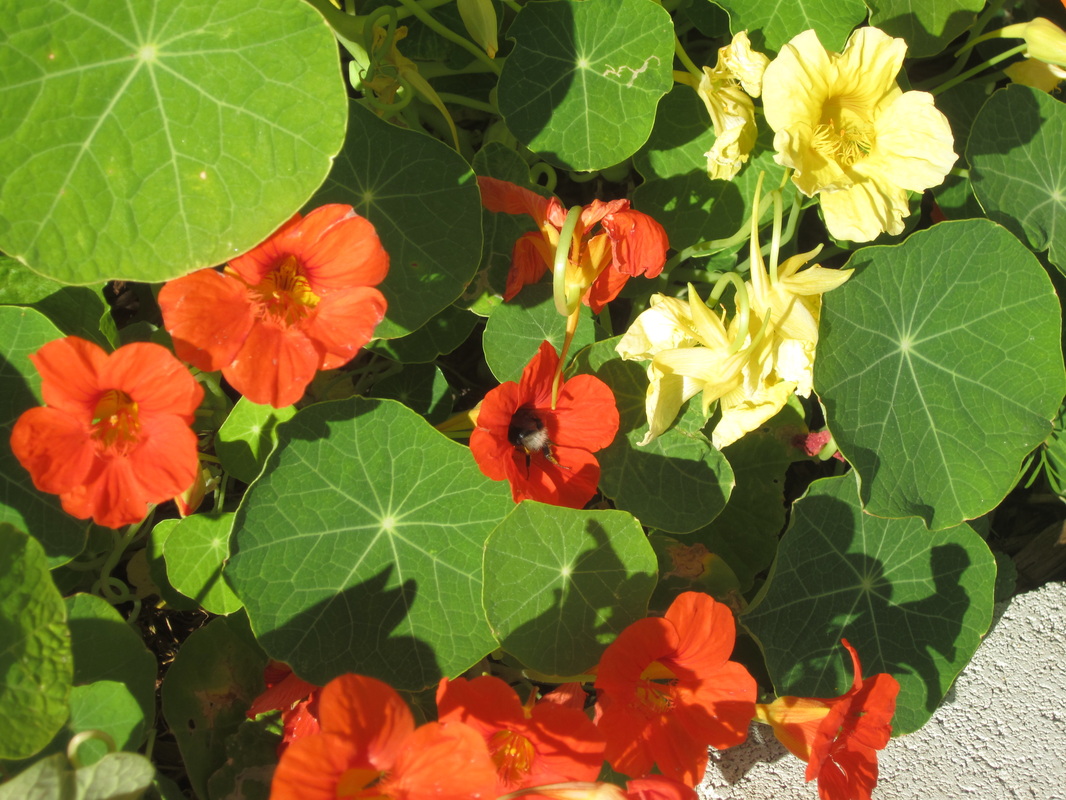
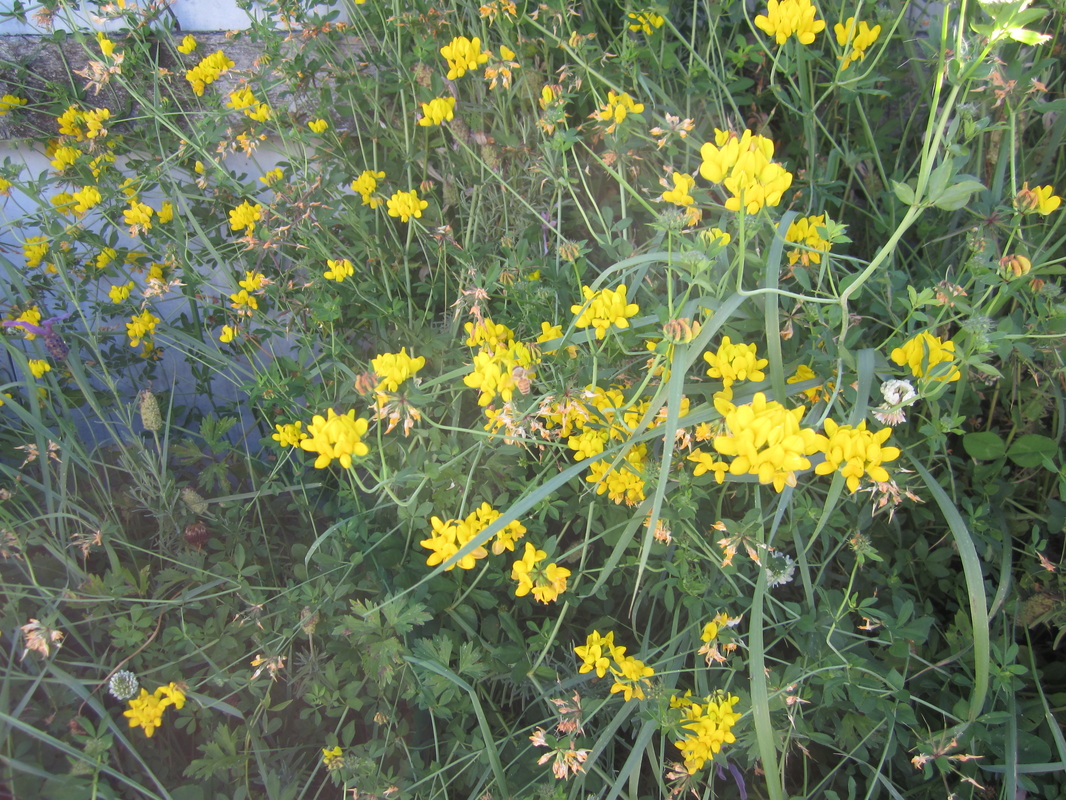
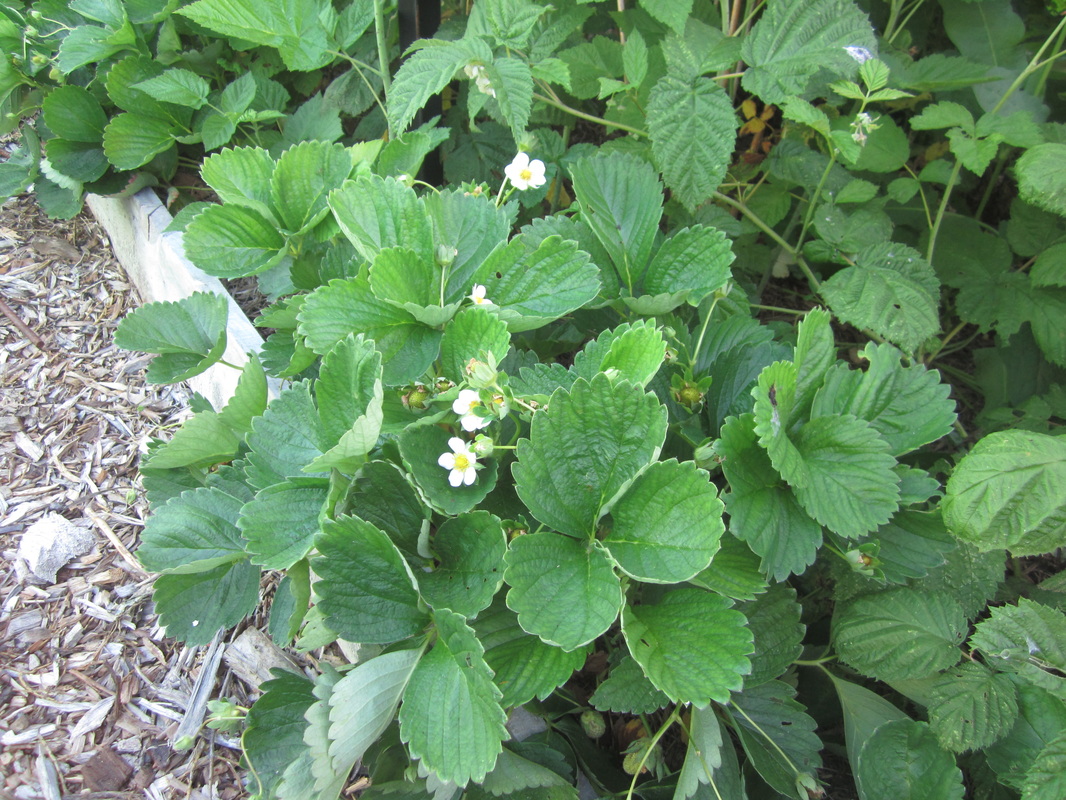
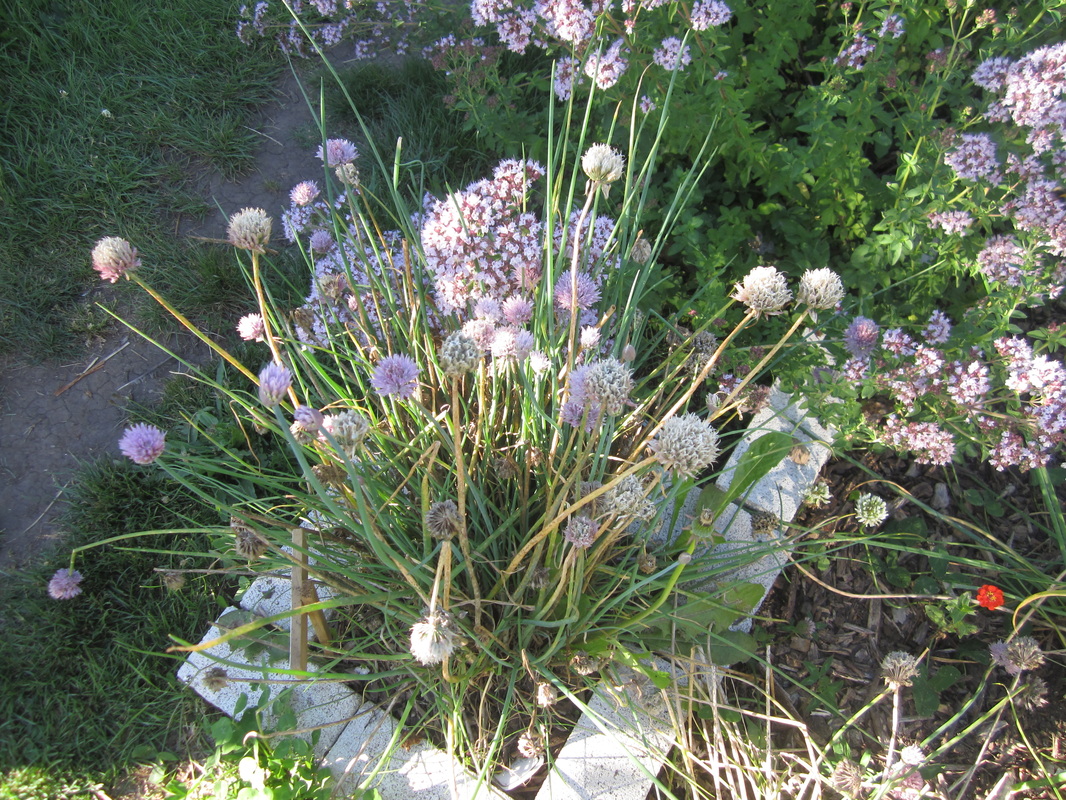
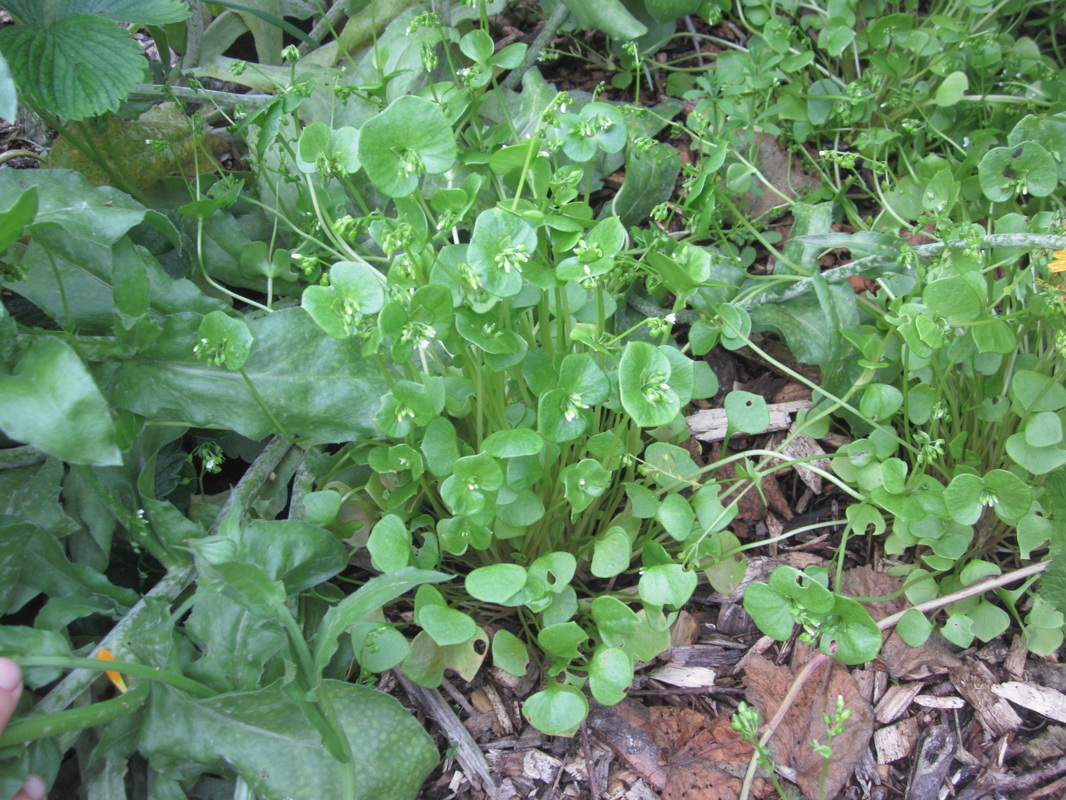
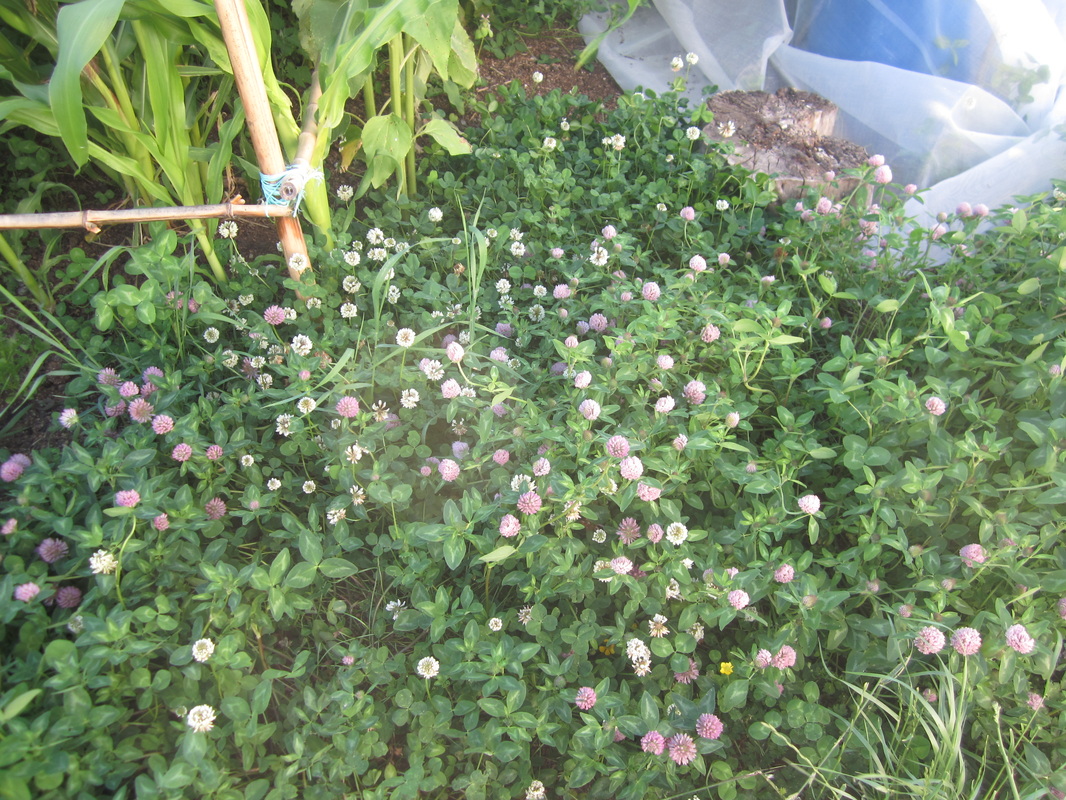
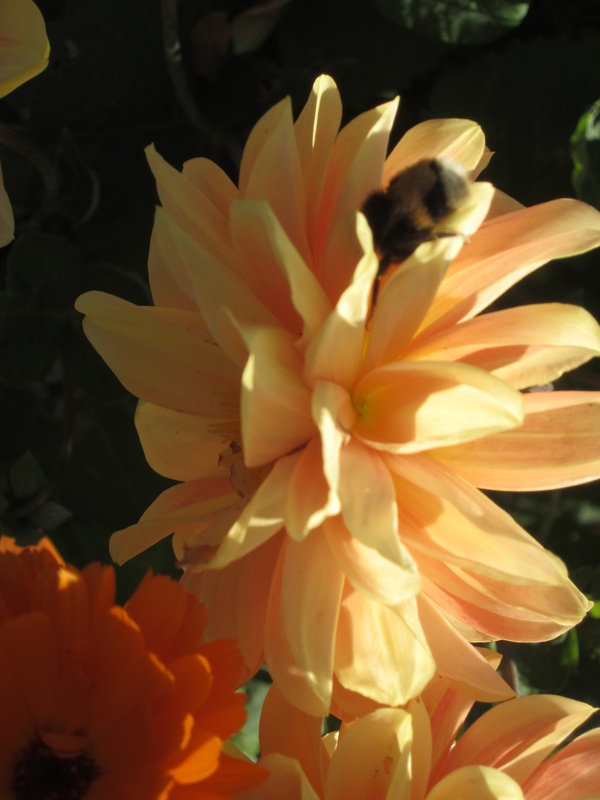
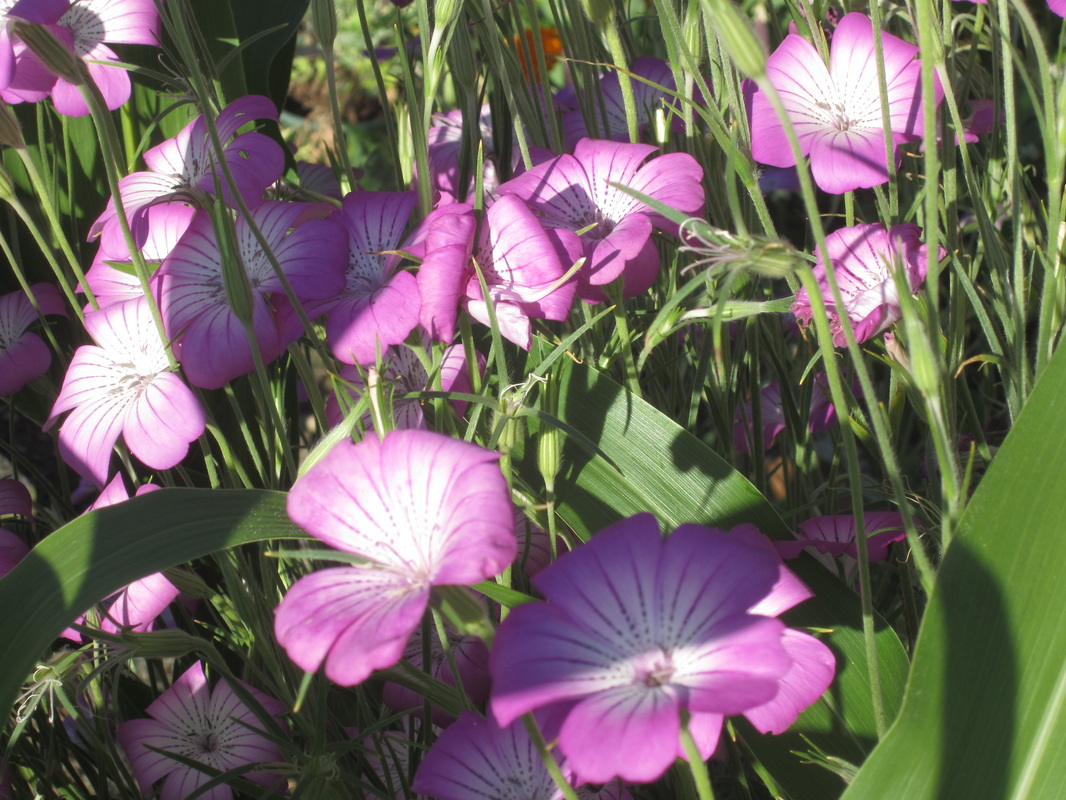
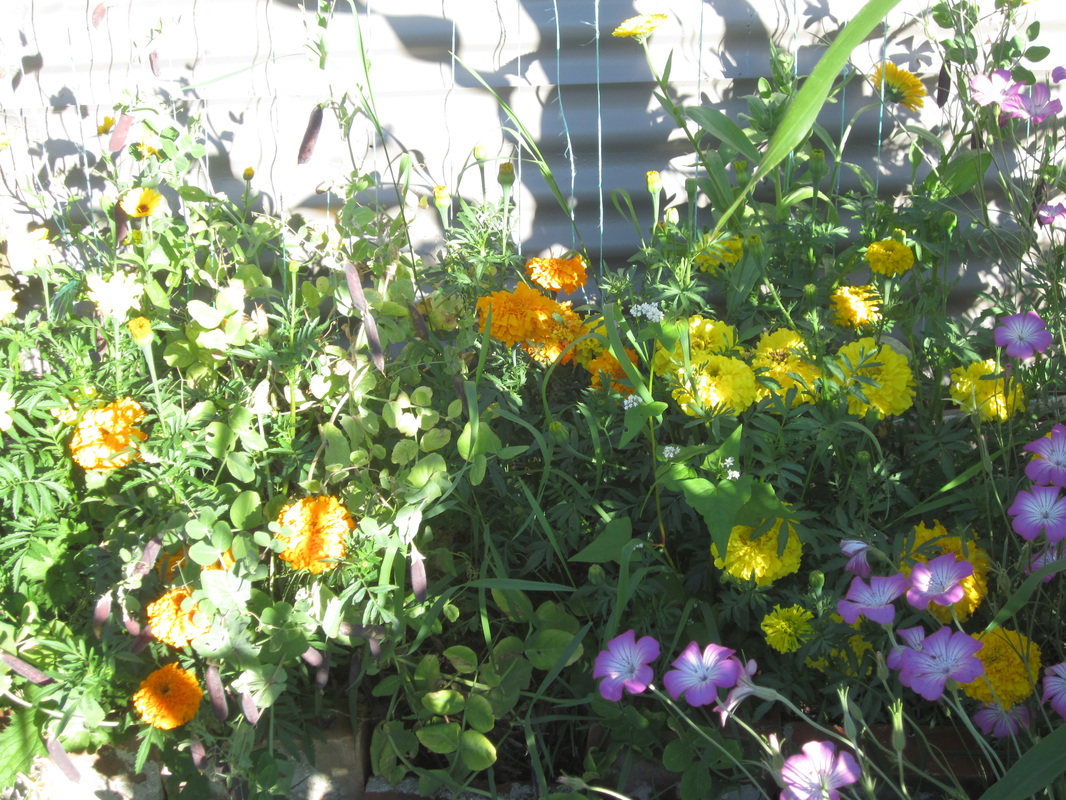

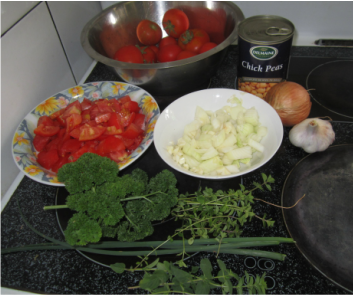

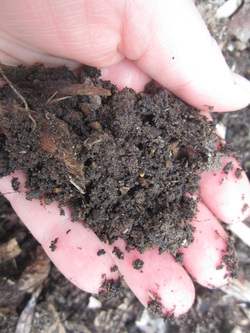
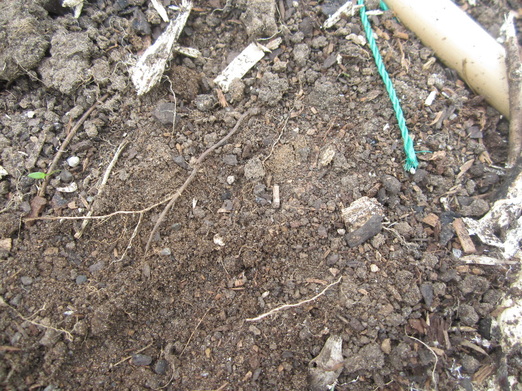
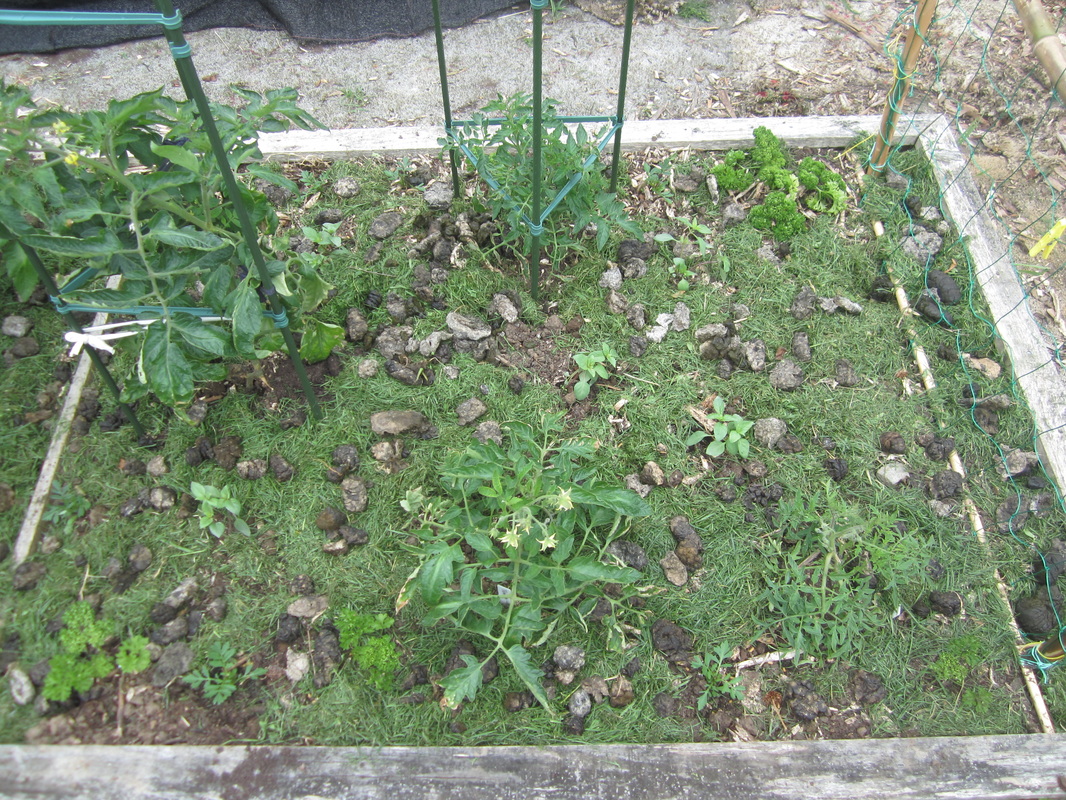
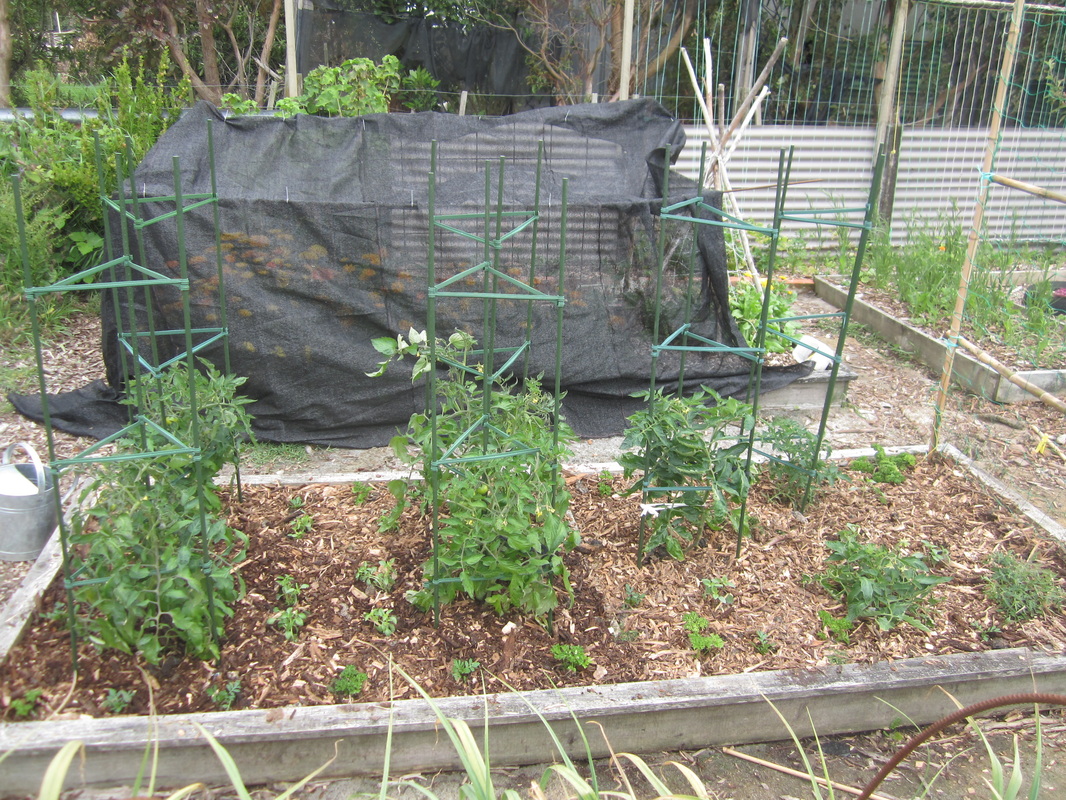
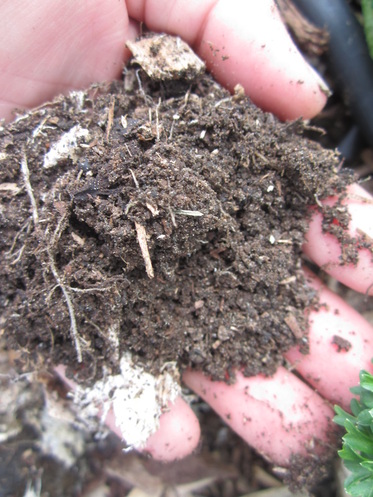
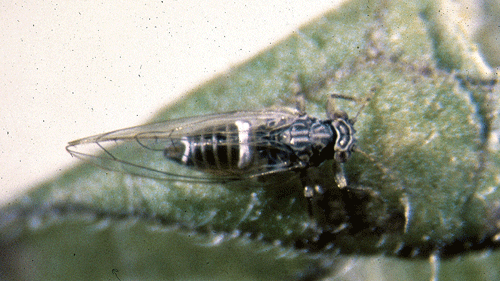
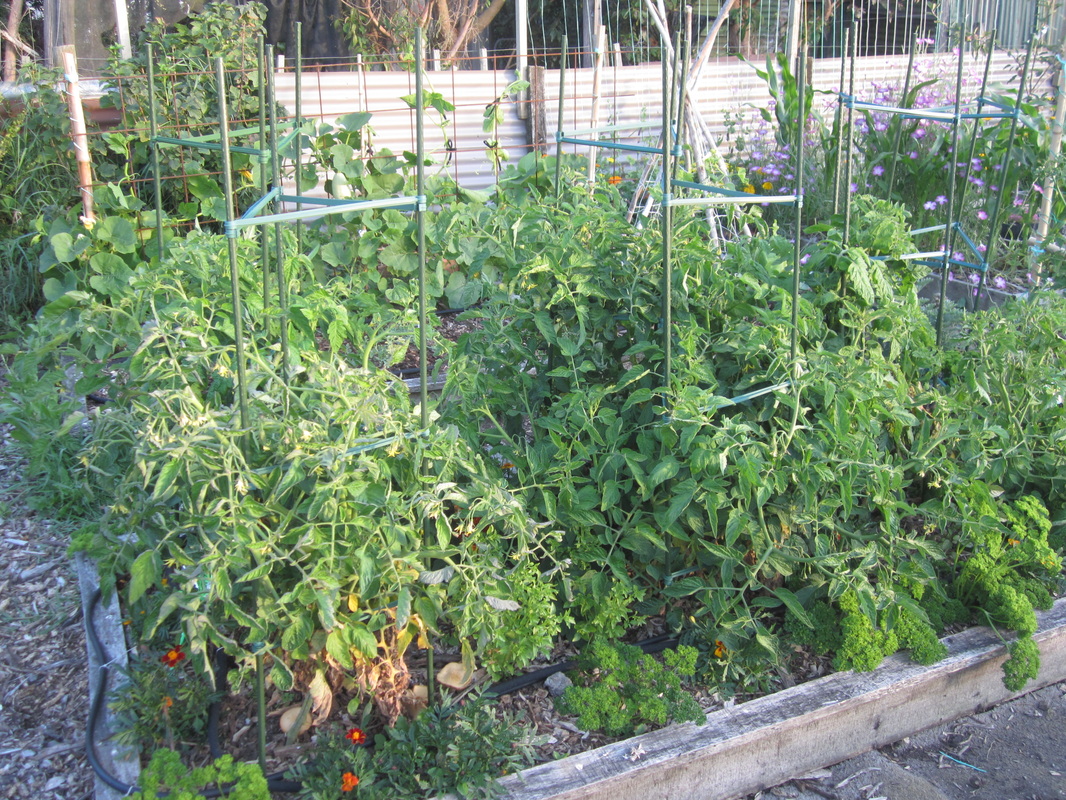
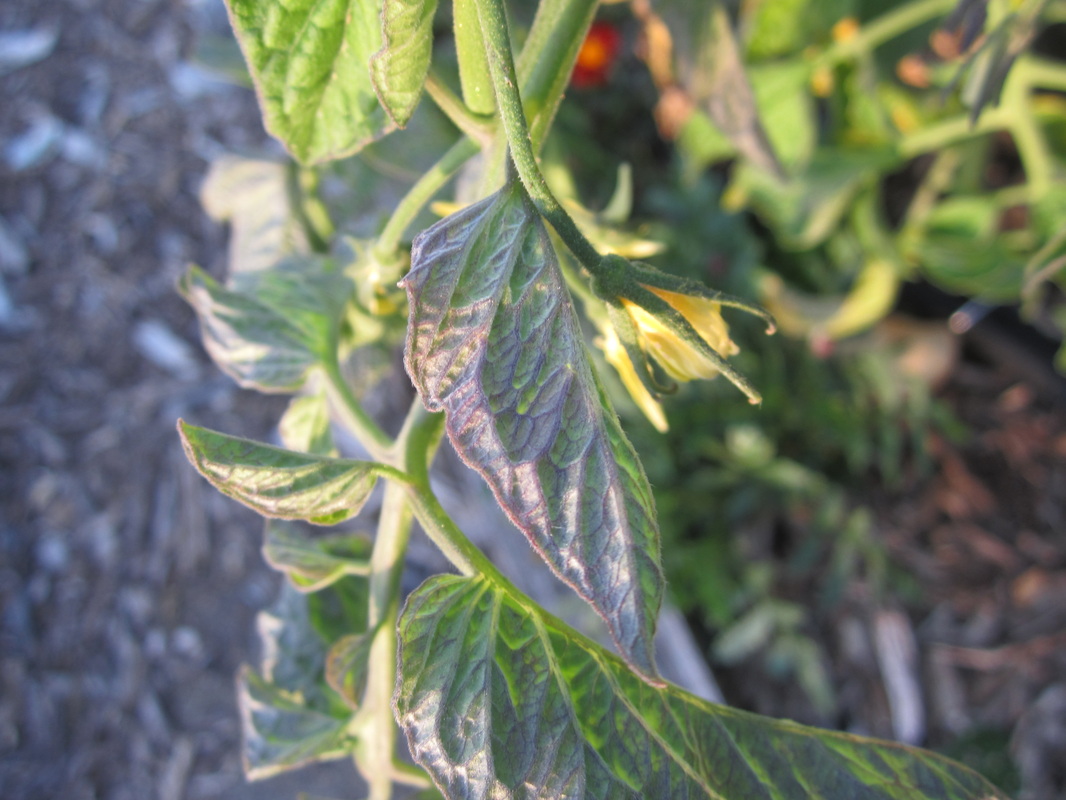
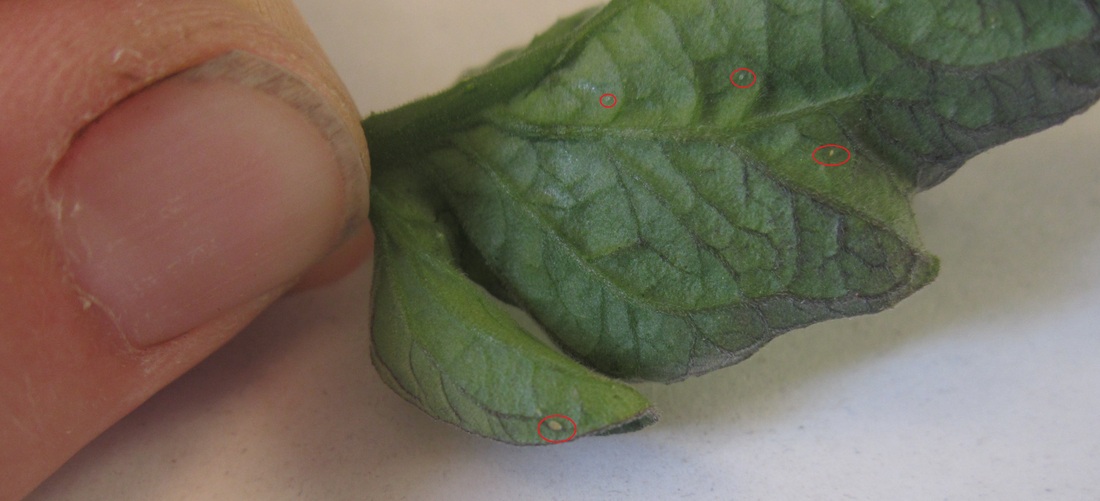

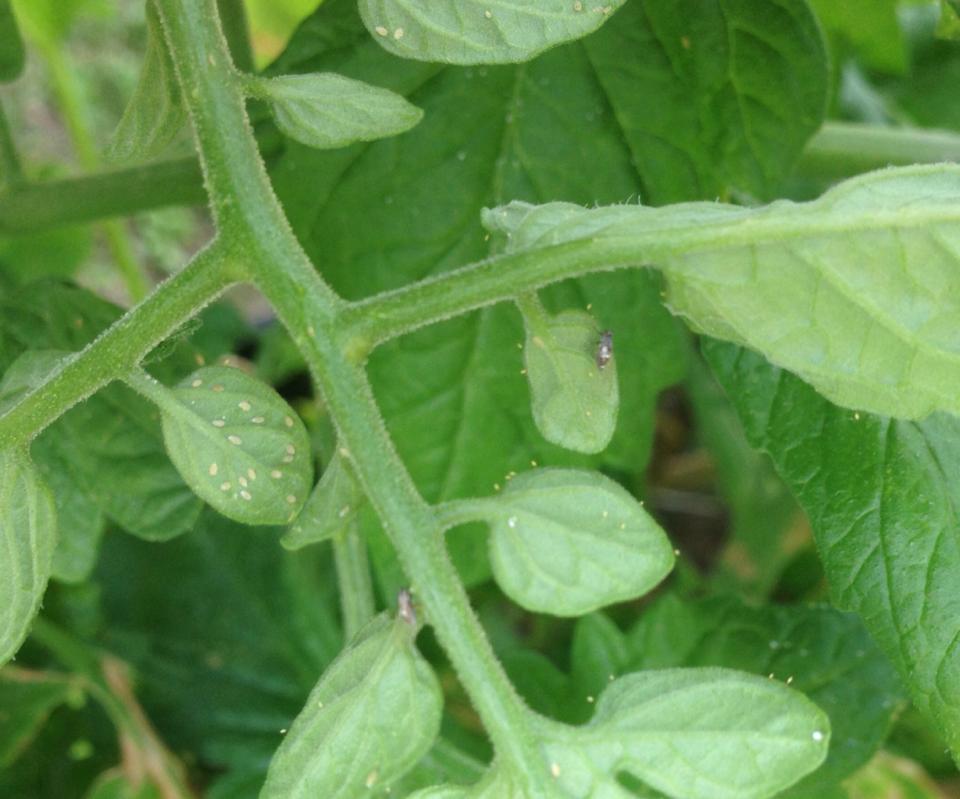
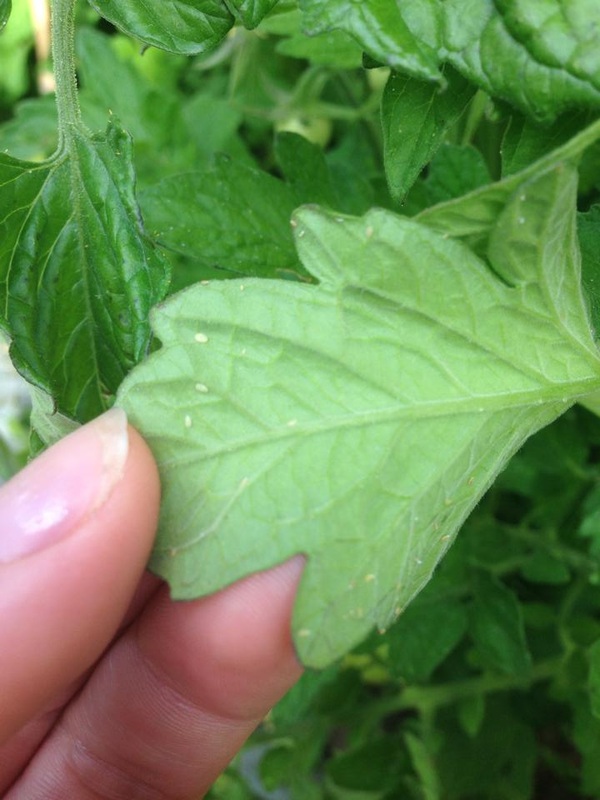
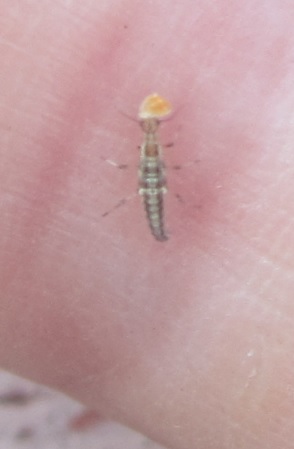
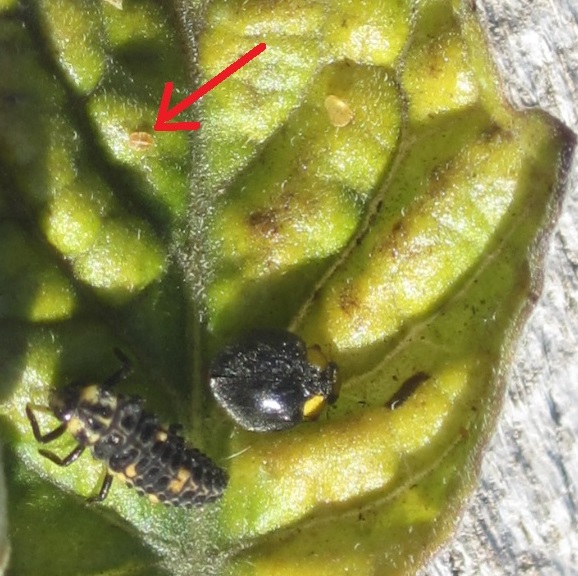
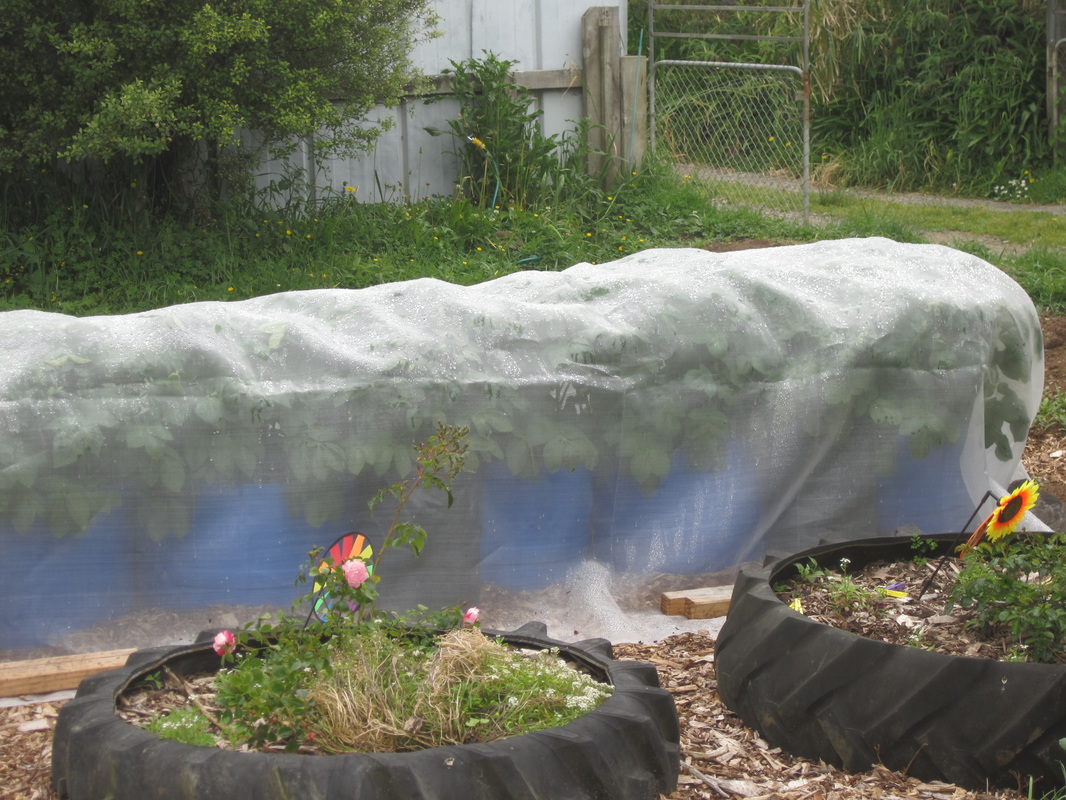
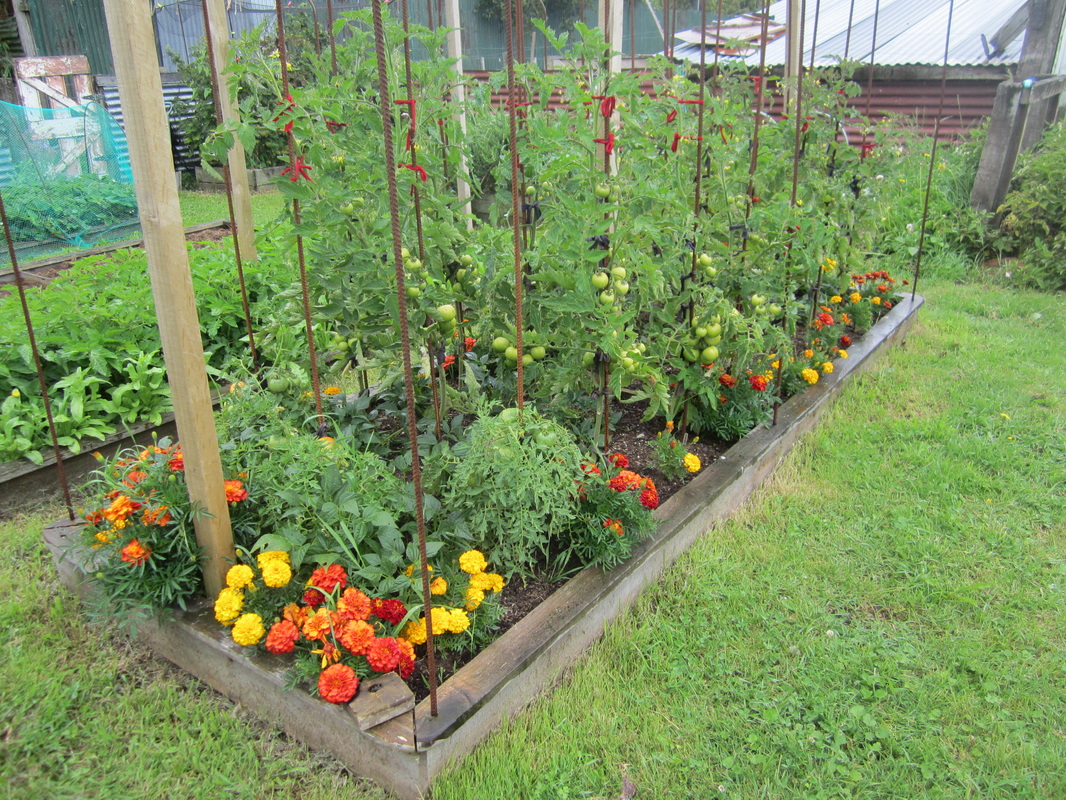
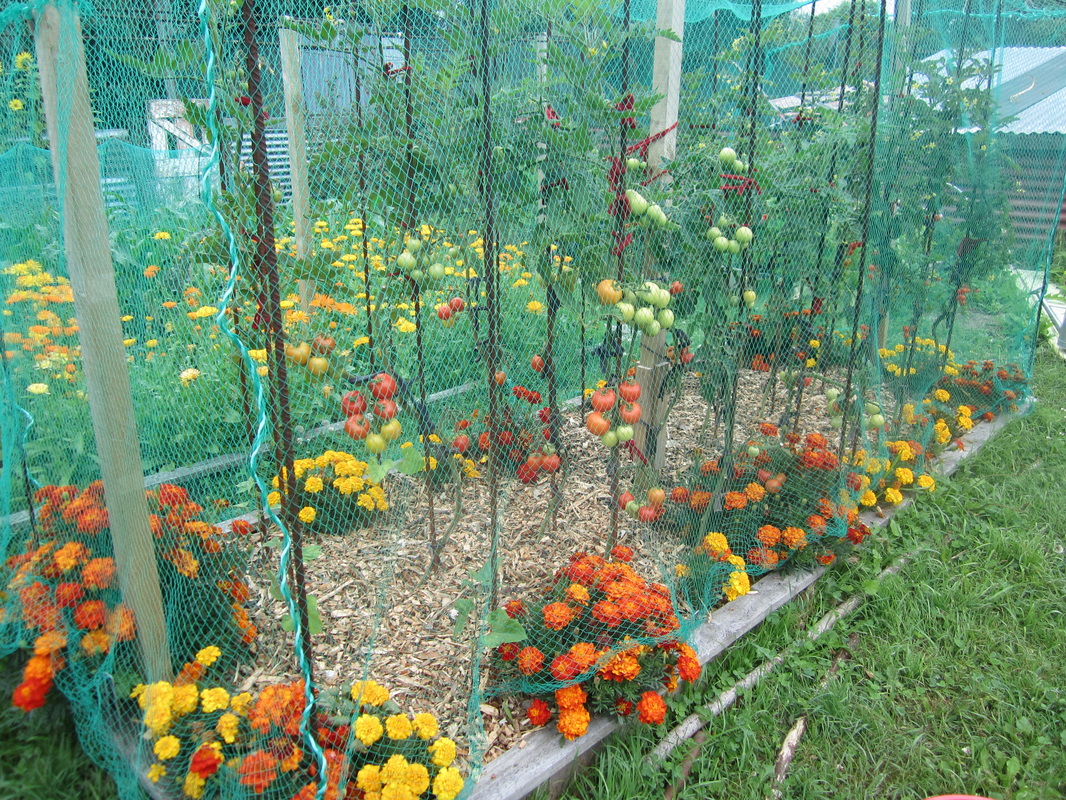
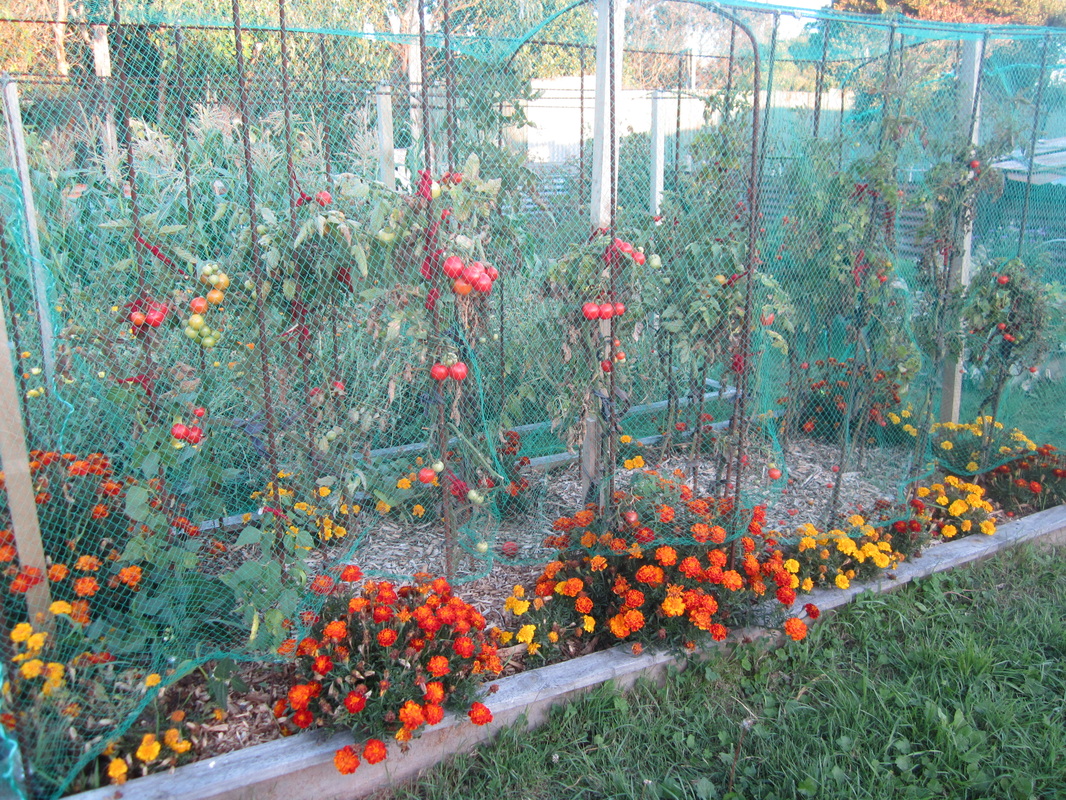
 RSS Feed
RSS Feed
